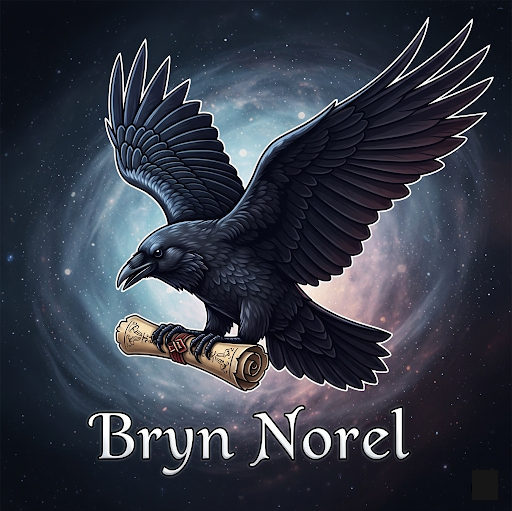My Secret Weapon for writing Battle Scenes? D&D Dice!
Writing battle scenes in a fantasy novel can be one of the most challenging elements as an author, particularly when you need to stay true to the mechanics and limitations of D&D.
Describing the actions of multiple participants - sword swingers, martial artists, spell casters - not to mention the monsters with otherworldly physical appendages and abilities, is difficult on its own. For me, my vocabulary always abandons me just when I need it most, and words like slashed, stabbed, and exploded litter the pages of my early draft. This one isn’t so bad, because in the reflection of revision, I can always go back and mix it up a bit with other action terms.
What I find harder is imagining the moves and counter moves of combatants during a fight scene and successfully translating that into something on the page that will conjure the right image for the reader. I’ve spent many hours thinking through a choreograph in my mind and then struggling to get it on the page. A spinning tail sweep from a demon, where does it hit the target, how high or low? Does it knock her feet out from under her, or catch her in the ribs? What constitutes a realistic reaction? Could she roll out of the way before a second strike comes down from above? Could she jump the sweeping tail and deliver a strong counterattack? How many strikes would realistically occur before a combatant falls? And then putting all of that into words that don’t just appear on the page in a string of non-coherent consciousness creates the final hurdle.
This is where the game’s mechanics can offer both a blessing and a curse. Because I have advertised myself as grounding my fiction in the rules and limitations of the game, I have to stay true to that commitment, and sometimes it helps. D&D’s concept of turns and each character getting a limited amount of movement, an action, a ‘bonus action’, and a reaction has definitely helped me break down what can and can’t happen during a fluid battle scene. Where the curse comes in is that during the game, the complexities of these things happening simultaneously get hashed out by the players and the DM. A novel doesn’t afford that luxury. Layering it all together in a smooth narrative is much more challenging than gameplay in this respect.
The last ingredient in a good fight scene is realistically determining how long the battle should last, and occasionally, who should win. This is where I break out my secret weapon - those beautiful D&D “math rocks''! To stay true to the spirit and mechanics of the game, believe it or not, I actually roll the dice in the background while I’m writing the scene, to keep track of hit points, accumulated damage, success or failure of the attack, saving throws, and spell effects.
This is where the game mechanics are very helpful. While it’s shielded from the reader through the narrative, I use everything from D&D Challenge Ratings to set an appropriate encounter scope, to a creature’s and character’s stat blocks to track the battle’s progress. More than once, my wife has walked in, alerted by the sound of dice click-clacking across the desktop, and asked what I’m doing. When I tell her I’m writing, it’s met with suspicion. You can see some of the effects of this in chapters 25 and 26 of Glimmerstone, where Tsuta’s Banish spell fizzles because of the demon’s successful saving throw, and later, when he misses his save against the demon’s fear spell (while Bird makes his), causing him to flee. While I don’t do it all the time, in that instance, I let the dice outcome shape the narrative itself.
So there you have it - a look behind the curtain. Next time you read one of my fight scenes, you’ll be able to picture me, behind the keyboard, frantically rolling dice!
Until next time!
Bryn
